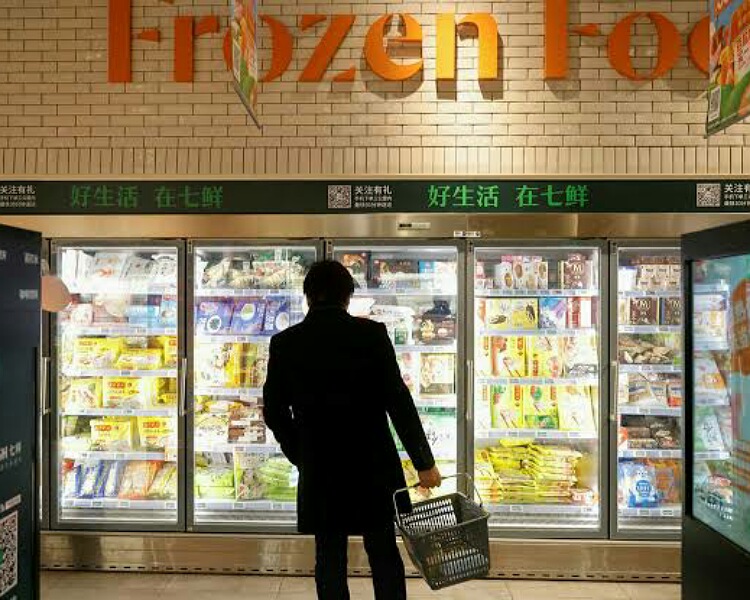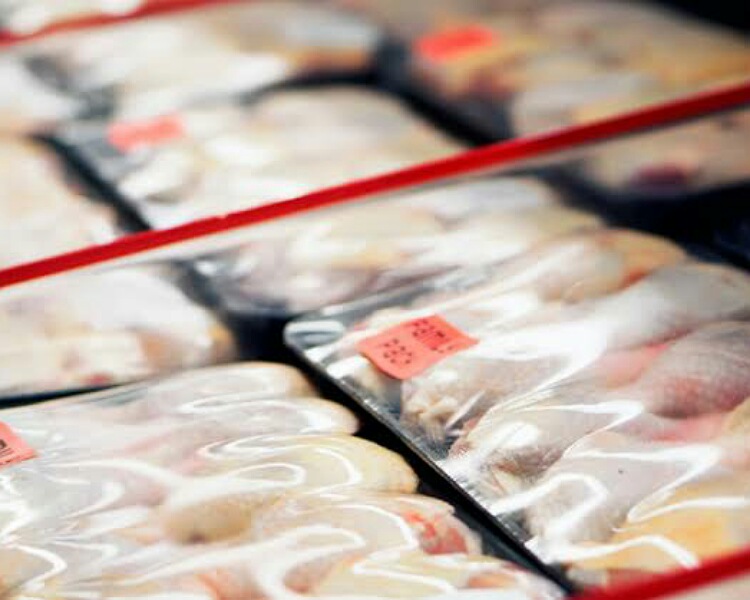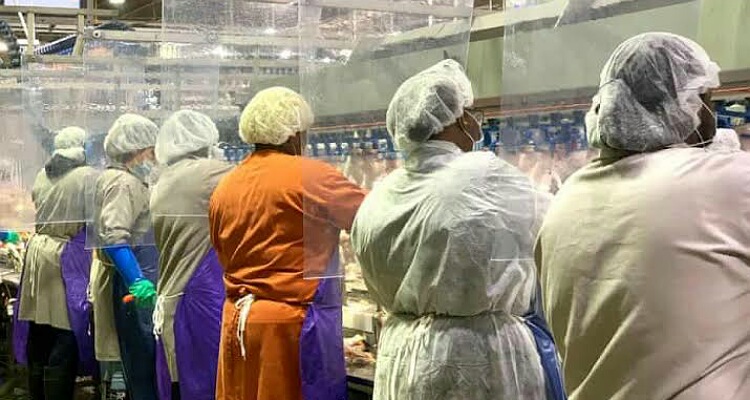The covid-19 pandemic started in late 2019 and is continuing still. It has not ebbed and has affected every single person in this world. Moreover, it also adversely affected animals and pets.
Therefore, scientists continue to look out for sources of the infection spread. How the infection spreads? What are the routes? These data would assist in effective and early control of the pandemic and return to normal life.
Frozen foods could also get contaminated with covid-19 germs and become a source of infection for others.
This finding came to light from the research carried out by the Chinese Center for Disease Control and Prevention or CCDC, in short.
Research and report of the Chinese Center for Disease Control and Prevention (CCDC) on frozen foods
Chinese Center for Disease Control and Prevention is an independent agency. It is part of the National Health Commission which is under the Ministry of Agriculture.
China CDC Weekly published the findings of their research on frozen foods in China. The study was a year-long one from July 2020 to July 2021.
The researchers wanted to know whether frozen foods and their packaging can be a source of the spread of covid and what steps to curtail this spread.

The team collected 55 million swabs for covid-19 estimation from domestic and imported frozen foods. The samples were taken from the cold chain foods, their inner as well as outer packaging.
These swabs also included environmental and human nasal swabs.
20 million swabs were from frozen food items and the remaining were environment and nasopharyngeal swabs. Out of these, 1455 swabs came positive. This amounted to 0.26 per 10000 samples.
96.41% (1398) were from food and packaging. The majority of them (99.5%) of these swabs were from imported cold foods. Outer packaging contributed to the most positive swabs followed by food and then the inner packaging.
Frozen food packs and covid-positivity
The seafood had the maximum (more than 50%) of this contamination with covid-19. Poultry meat was next and the remaining positive swabs were from other foods of the cold chain.

This contamination was maximally from Tianjin, Zhejiang, Yunnan, and Fujian. Here the swab positivity was more than 2 per 10000 tested swabs.
The imported foods were from 11 European nations, 9 Asian countries, 6 South American countries, and 2 African countries. USA foods in this category were also contaminated.
Interpretation and conclusion
Therefore, workers working in the packaging areas contaminate the food and outer packages and thus could spread covid. This could be one of the reasons for the inter-regional spread of the virus.
On the same basis, one cannot rule out that the origin of the covid 19 might not be in Wuhan in China.
Frozen foods from outside the country might have entered the Huanan Wholesale seafood market there and led to the huge secondary epidemic in late 2019.

Read more: Fish consumption and malignant melanoma: the likely association
Workers in these sections of the industry should be screened clinically and microbiologically to ensure the safety of frozen food items from SARS-CoV-2.
There should be research in developing effective self-protective gear while working in this cold atmosphere.
